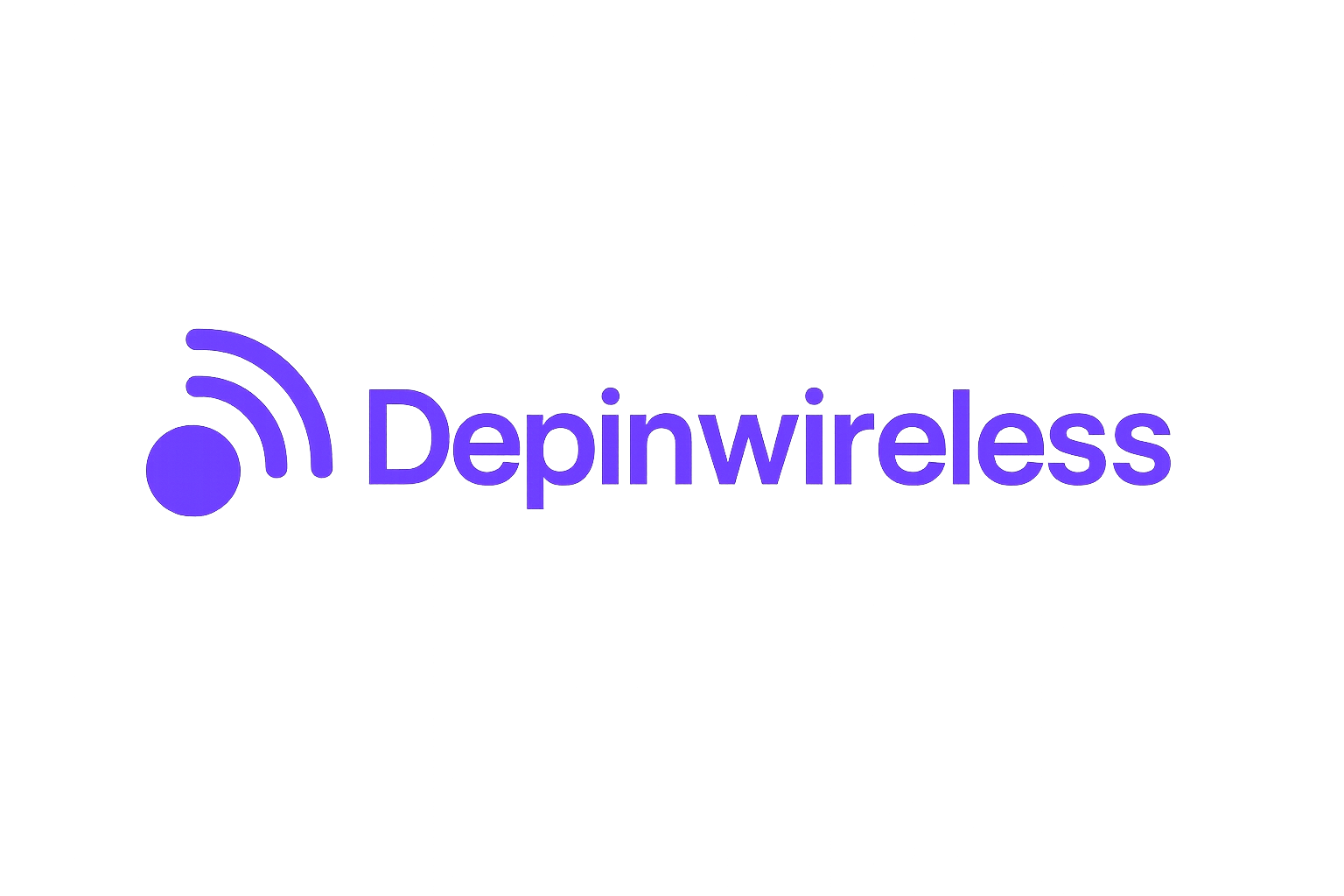
Smart cities are in the midst of a connectivity revolution, and at the center of this transformation is the Helium Network. By leveraging decentralized, blockchain-powered wireless infrastructure, Helium is rewriting the rules for how urban environments connect devices, sensors, and machines. With Helium’s 5G and IoT networks now spanning over 1,000 cities across North America, including major hubs like Los Angeles and New York, the promise of scalable and community-driven smart city wireless solutions is rapidly becoming reality.

Decentralized IoT Networks: The Backbone of Smart City Innovation
The traditional approach to urban connectivity has long relied on centralized telecom giants. Helium disrupts this model by empowering individuals and businesses to deploy their own hotspots. Each hotspot acts as a node in a vast peer-to-peer network, collectively creating what is now the world’s largest contiguous wireless network for IoT devices (source). This decentralized architecture offers several key advantages:
Top Benefits of Decentralized IoT Networks in Smart Cities
-
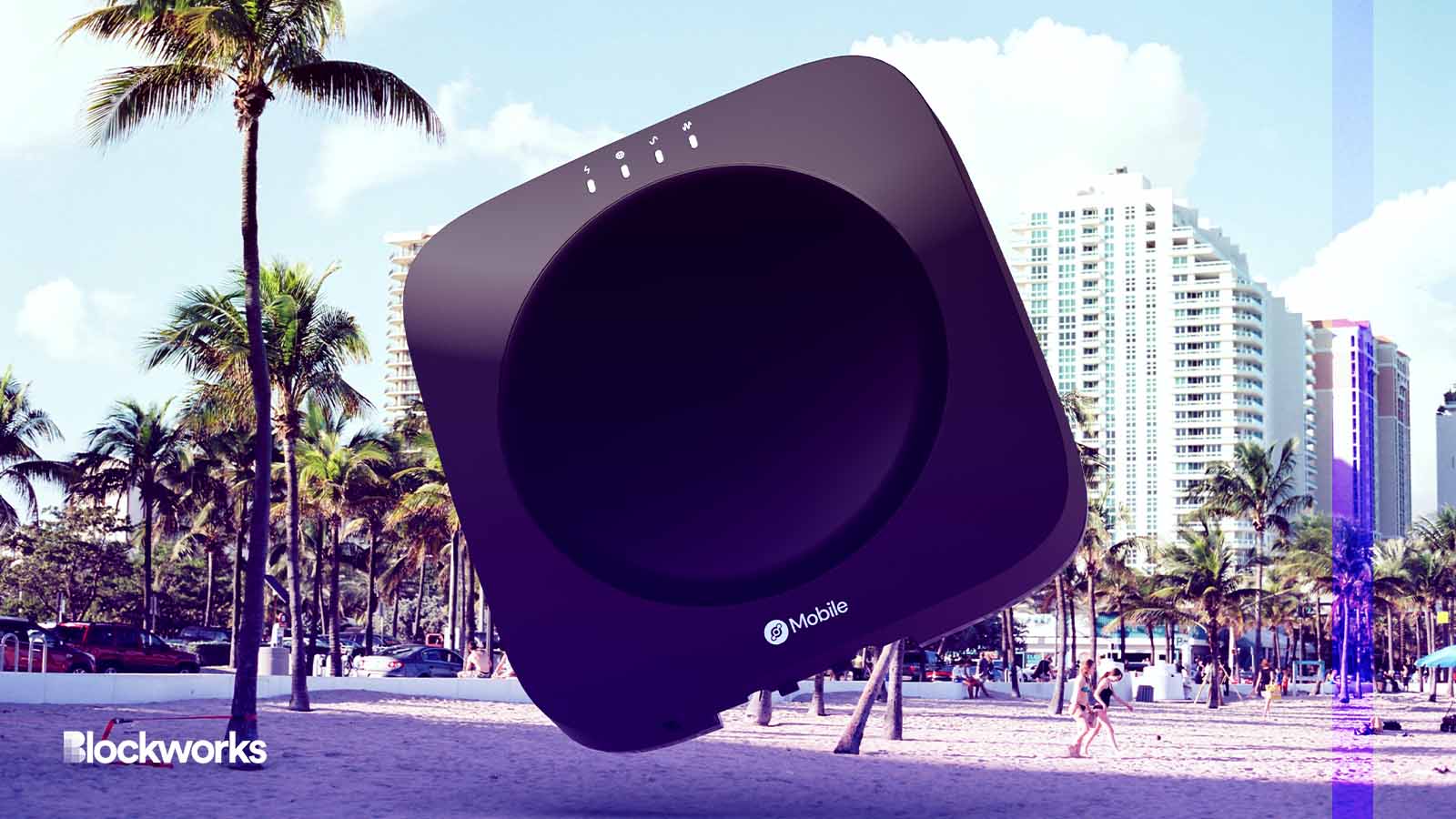
Scalable, Community-Driven Coverage: Helium’s decentralized model enables rapid network expansion across over 1,000 cities by empowering individuals and businesses to deploy Helium Hotspots, creating flexible, peer-to-peer wireless coverage for diverse urban needs.
-
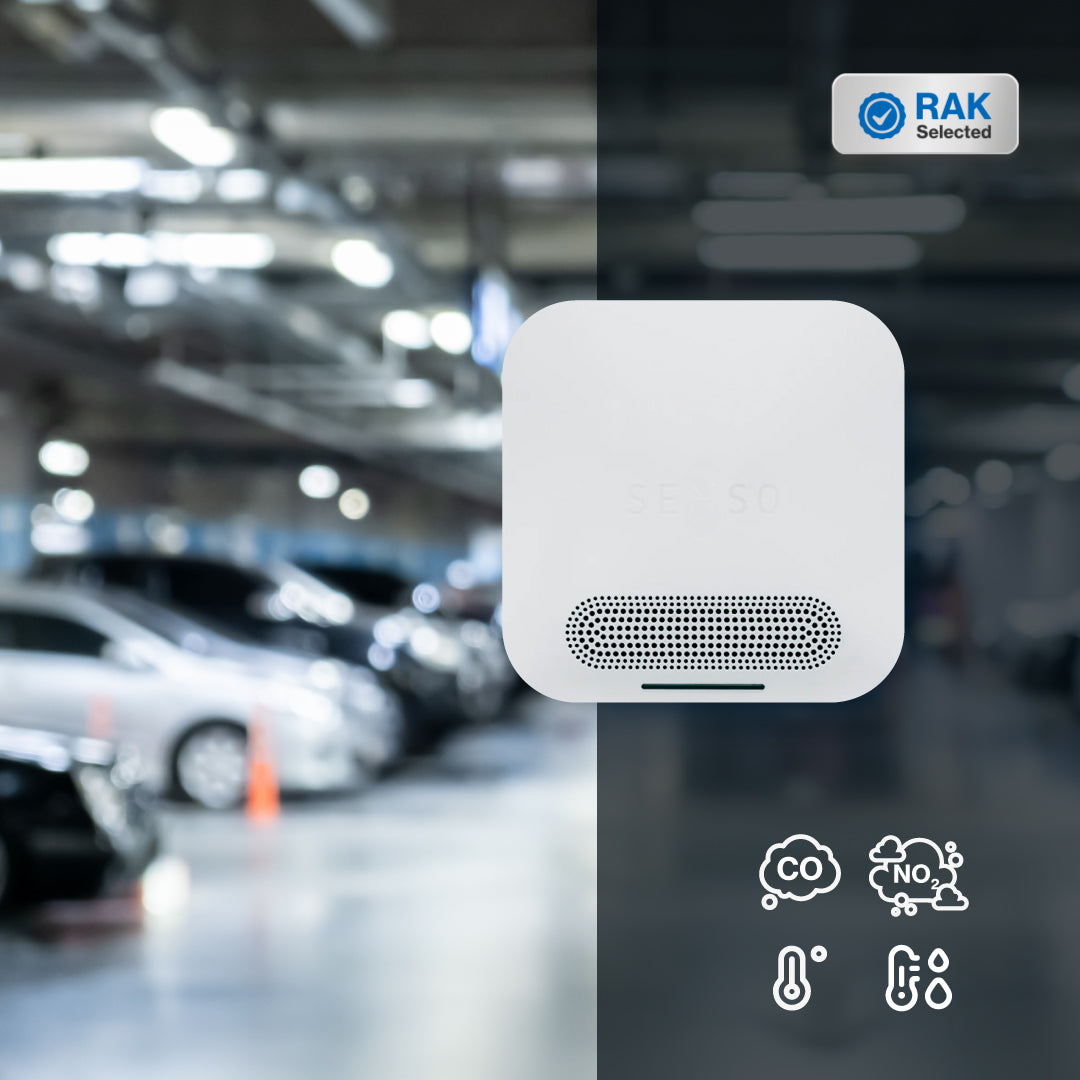
Reliable, Low-Cost IoT Connectivity: By leveraging blockchain-powered infrastructure, Helium delivers affordable, robust wireless access for a wide range of smart city applications—including air quality monitoring and fire detection—as seen in partnerships with cities like San José, California.
-
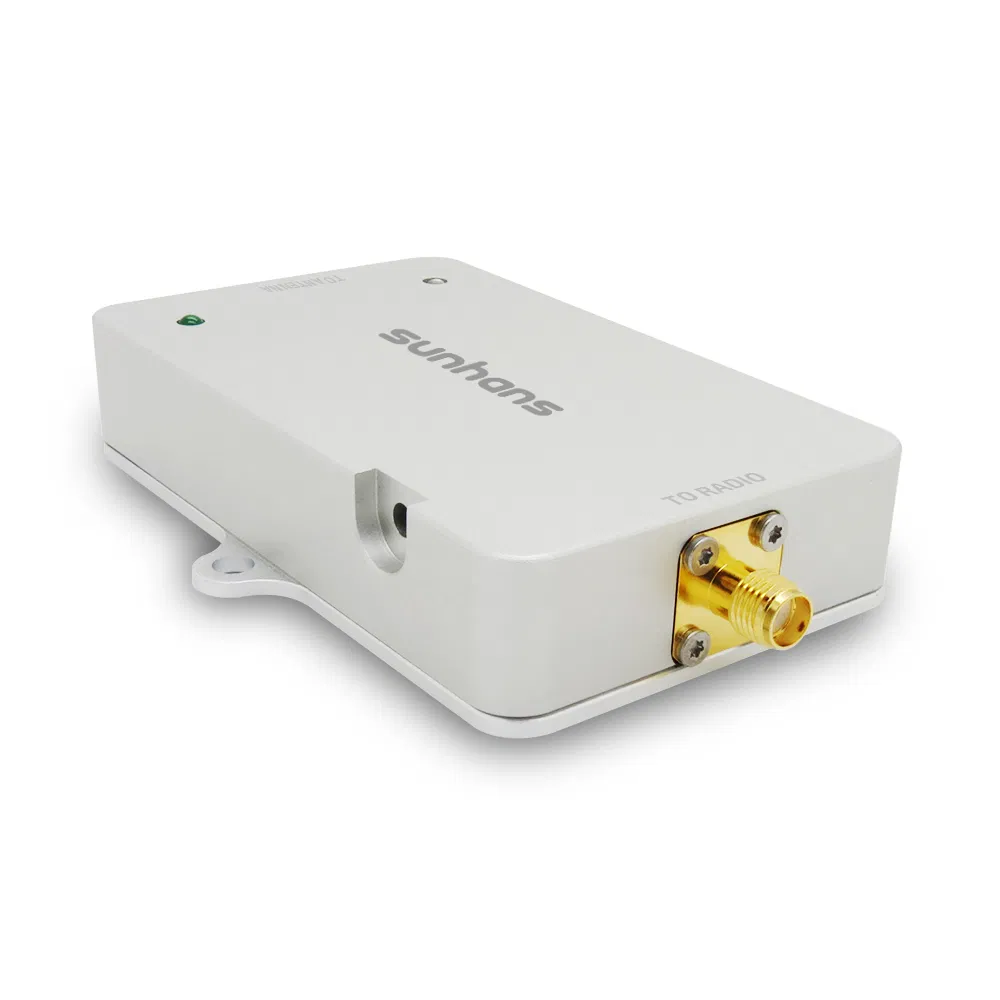
Sustainable, Energy-Efficient Solutions: Helium Hotspots use minimal power—comparable to an LED bulb—making them an environmentally friendly choice for expanding connectivity while supporting smart cities’ carbon reduction goals.
-
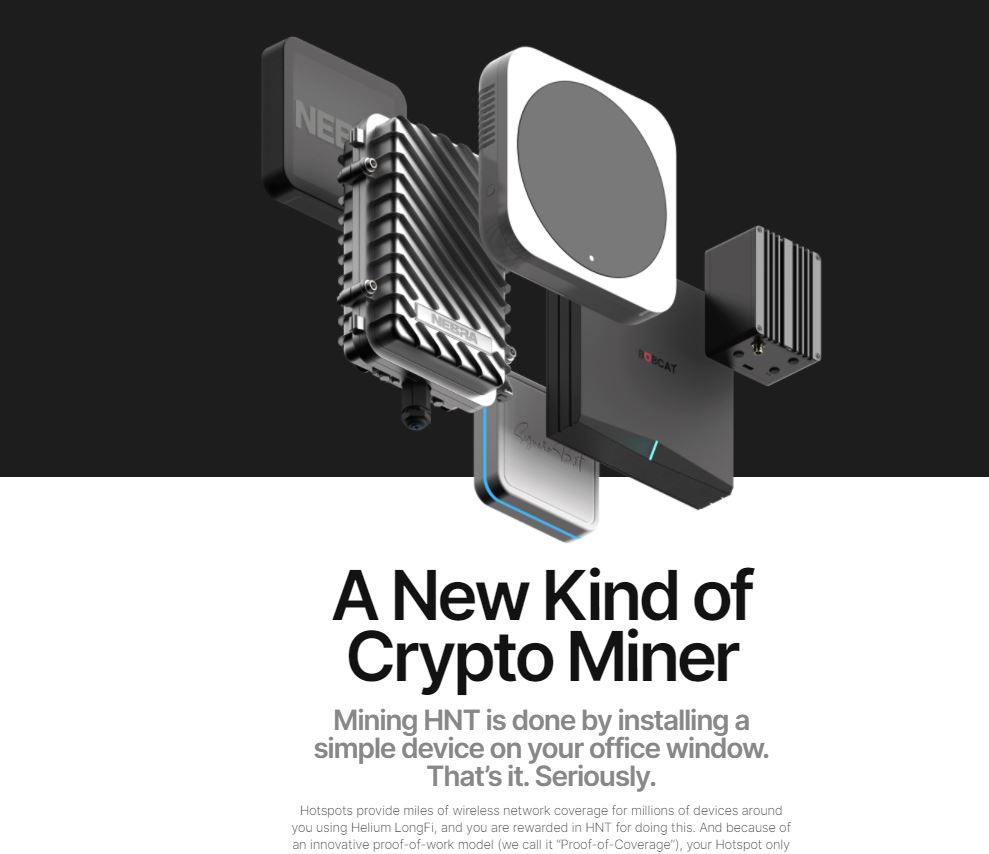
Blockchain-Based Community Incentives: Participants who deploy and maintain hotspots earn Helium Network Tokens (HNT), currently valued at $2.32 (as of the latest data), fostering widespread engagement and accelerating network growth.
-

5G Integration for Advanced Applications: Helium’s addition of decentralized 5G small cells enables high-bandwidth, low-latency connectivity—ideal for supporting autonomous vehicles, smart grids, and next-generation public safety systems in smart cities.
Flexibility and Coverage: The distributed nature allows rapid expansion into underserved or newly developed areas without waiting for traditional infrastructure rollouts.
Resilience: Peer-to-peer connectivity reduces single points of failure, making networks more robust against outages.
Cost-Effectiveness: Community-driven deployment slashes operational costs compared to legacy telecom models.
Helium’s Blockchain Wireless Infrastructure: How It Works
The engine behind Helium’s success is its use of blockchain technology to both secure the network and incentivize participation. Individuals who set up hotspots are rewarded with Helium Network Tokens (HNT). As of September 30,2025, HNT trades at $2.32, reflecting both recent volatility (-4.13% in 24 hours) and strong ongoing interest in decentralized wireless projects.
This incentive model has driven exponential growth in hotspot deployment. In turn, it has enabled smart cities to roll out critical services with unprecedented speed. For example, San José partnered with Helium to deploy LoRaWAN hotspots that power air quality sensors and wildfire detection systems (source). These deployments showcase how decentralized IoT networks can directly enhance urban resilience and public safety.
“The Helium Network’s decentralized approach is enabling us to connect devices where traditional cellular just isn’t practical, both technically and economically. ”
Sustainable Connectivity: Energy-Efficient Hotspots for Urban Environments
Sustainability remains a core value for modern cities seeking to balance growth with environmental responsibility. Here again, Helium’s model stands out. Hotspots consume minimal power, often less than an LED bulb, making them an environmentally friendly alternative to energy-hungry cell towers (source). This low energy footprint aligns perfectly with municipal climate goals while supporting dense deployments necessary for applications like traffic management or real-time pollution monitoring.
The combination of sustainability, cost savings, and rapid deployment means that cities can experiment with new smart applications without locking themselves into expensive or inflexible contracts.
Expanding Possibilities: 5G Integration and High-Value Use Cases
With the integration of 5G small cells, Helium is no longer limited to low-power IoT connectivity. The network now supports high-bandwidth, low-latency applications essential for next-generation urban services. Imagine fleets of autonomous vehicles communicating seamlessly, smart traffic lights adapting in real time, or emergency responders gaining instant access to critical data feeds. These scenarios are rapidly moving from concept to reality as Helium’s decentralized 5G infrastructure matures. For advanced public safety systems and connected mobility solutions, the reliability and flexibility of Helium’s blockchain wireless infrastructure are proving invaluable (source).
Business automation is another major beneficiary. Retailers can deploy smart inventory sensors, logistics firms can track assets in real time, and property managers can monitor building systems, all without negotiating with telecom giants or worrying about coverage gaps. The open-access nature of Helium’s network spurs innovation at the edge, giving entrepreneurs and municipalities alike new tools for digital transformation.
Community-Driven Growth: Incentives Fueling Network Expansion
The success of Helium’s model hinges on active community participation, and the results speak for themselves. With every new hotspot deployed, coverage grows denser and more reliable. The economic incentive remains clear: at $2.32 per HNT, rewards are directly tied to network utility and demand for IoT connectivity in smart cities (source). This creates a virtuous cycle where local stakeholders benefit financially while simultaneously enhancing their own urban environments.
Key Benefits for Helium 5G Community Participants
-
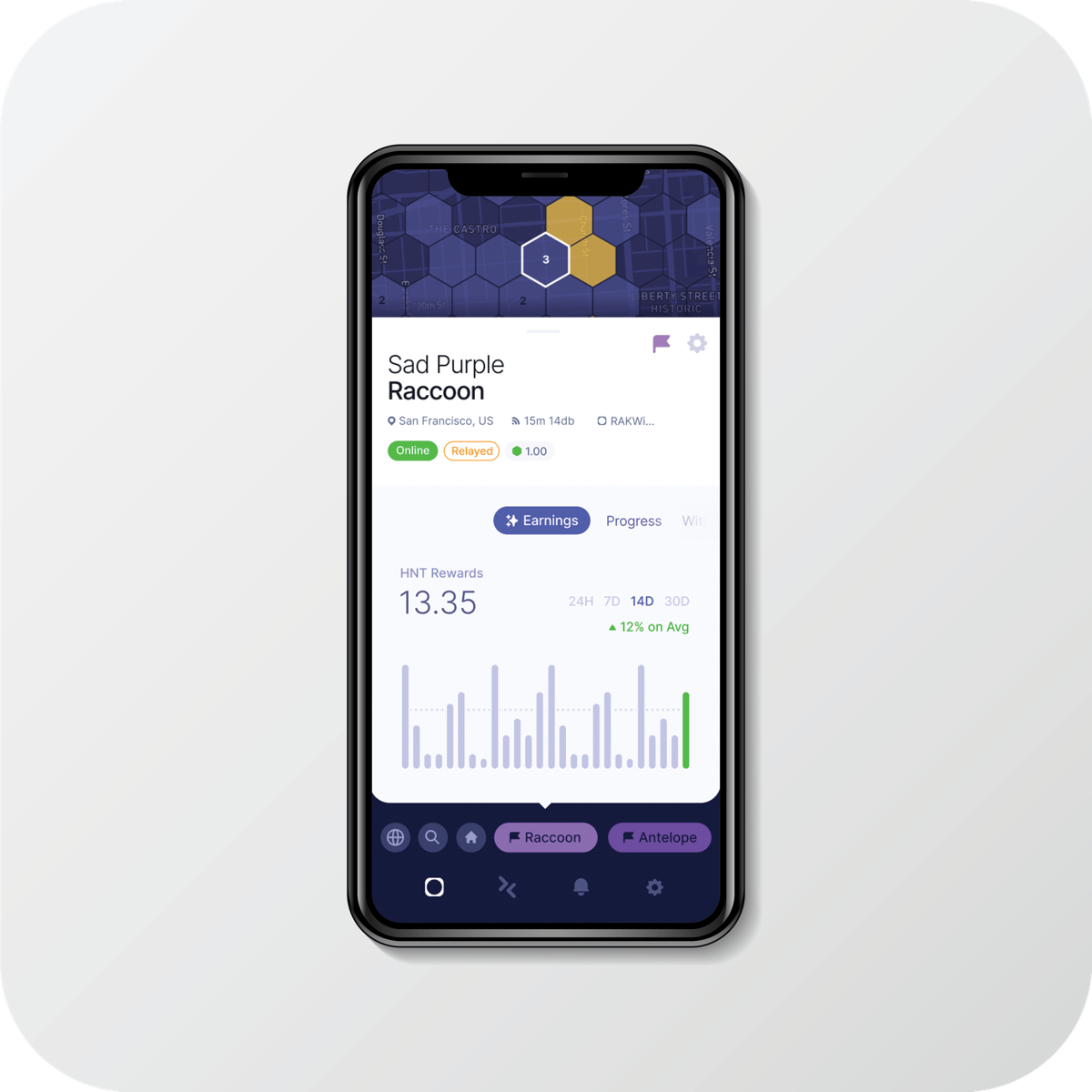
Earn Helium Network Tokens (HNT): Community members who deploy and maintain Helium 5G hotspots are rewarded with HNT, the network’s native cryptocurrency. As of September 30, 2025, HNT trades at $2.32 per token, providing a tangible incentive for participation.
-

Support Smart City Innovation: By hosting hotspots, participants directly enable IoT solutions such as air quality monitoring, smart lighting, and fire detection, helping cities like San José advance urban technology initiatives.
-
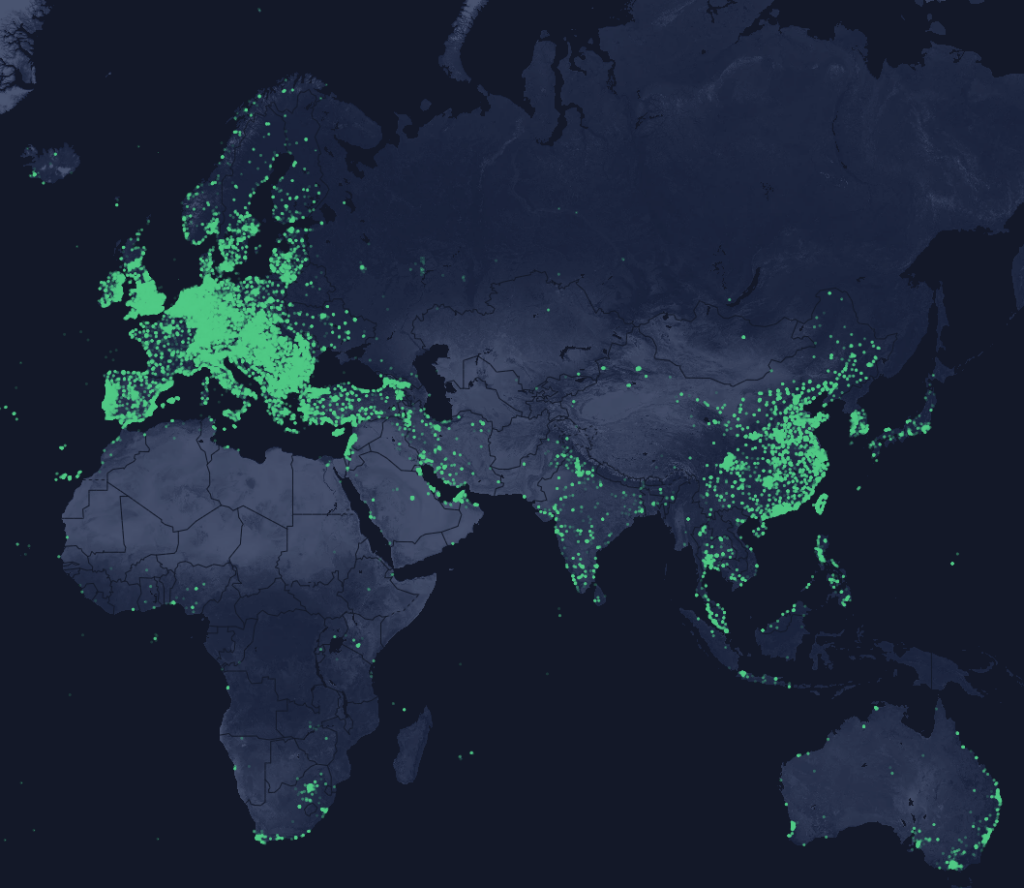
Expand Local Wireless Coverage: Community-operated hotspots contribute to a decentralized, peer-to-peer wireless network, improving connectivity for residents, businesses, and public services across over 1,000 North American cities.
-
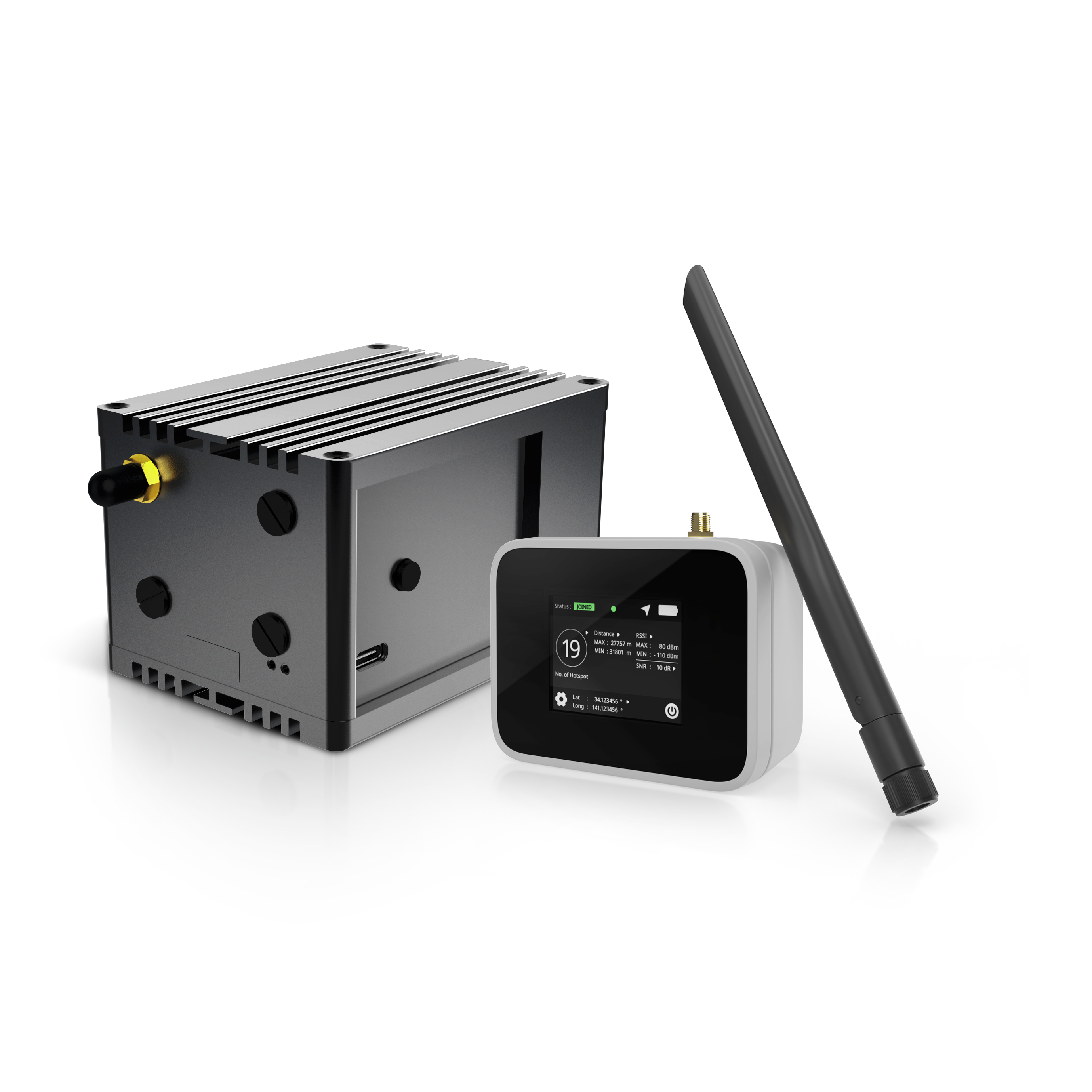
Promote Sustainable Technology: Helium hotspots are energy-efficient, consuming power comparable to an LED bulb, allowing members to support green technology and reduce environmental impact while expanding connectivity.
-
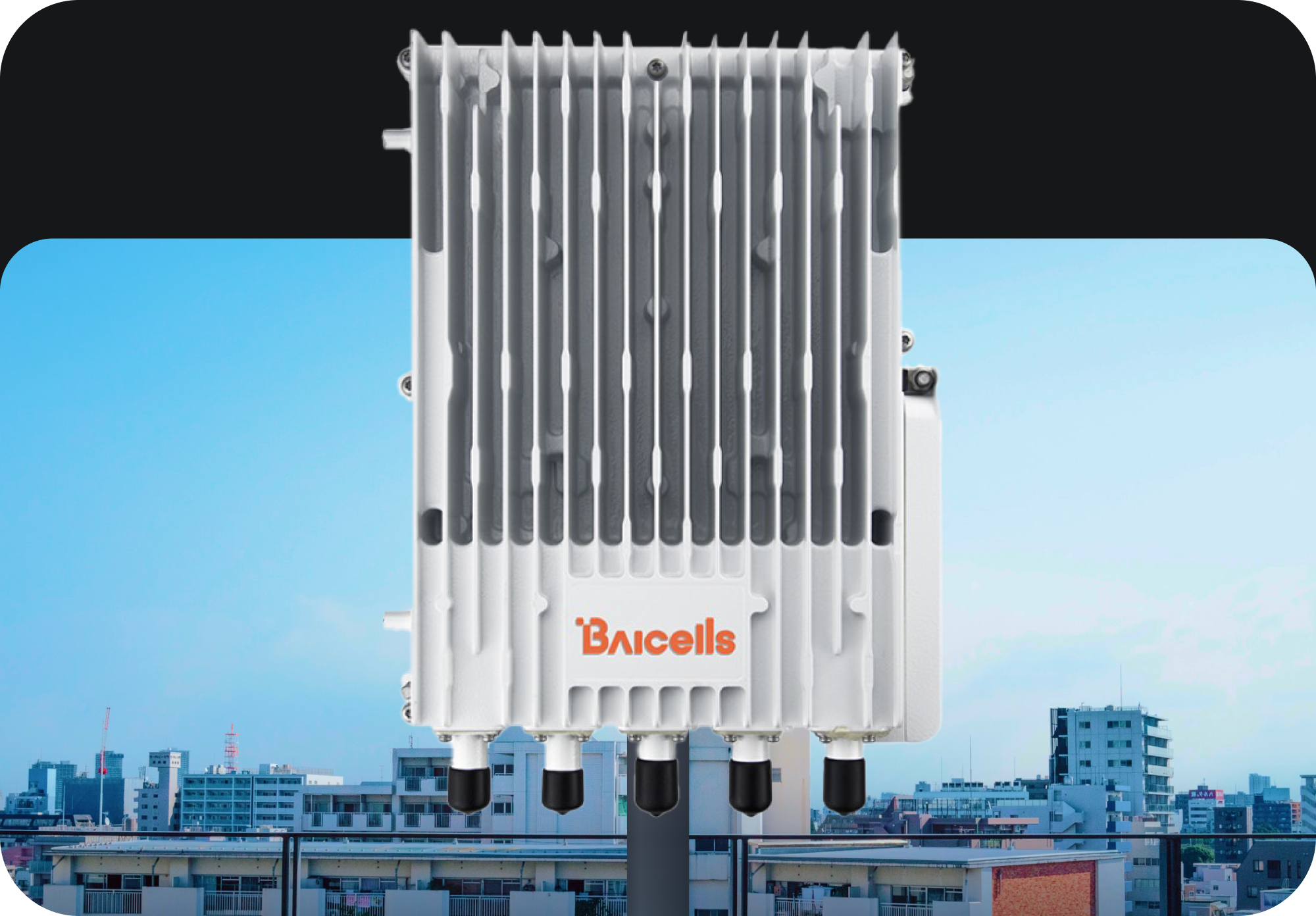
Access to Next-Gen 5G Capabilities: With the integration of 5G small cells, participants help deliver high-speed, low-latency connectivity suitable for advanced applications like autonomous vehicles and smart grids, positioning their communities at the forefront of digital transformation.
Beyond individual rewards, this grassroots approach fosters a sense of ownership over digital infrastructure, an important shift as cities grapple with issues of privacy, accessibility, and equitable technology deployment.
Challenges Ahead: Navigating Regulation and Scaling Globally
No revolution is without its hurdles. As Helium’s decentralized IoT networks expand internationally, questions around spectrum allocation, regulatory compliance, and interoperability will intensify. Smart city planners must work collaboratively with DePIN wireless projects like Helium to ensure that innovation does not outpace responsible governance.
The path forward will require ongoing dialogue between municipalities, private sector partners, and grassroots participants, especially as new use cases emerge that demand robust security and data privacy frameworks.
What Comes Next for Decentralized Wireless in Smart Cities?
The momentum behind Helium 5G smart cities is undeniable. As token incentives remain attractive (with HNT at $2.32), more individuals are joining the movement to build a resilient foundation for tomorrow’s urban connectivity needs. The result is a living laboratory where blockchain-powered wireless infrastructure accelerates digital inclusion while reducing costs, and where every new node strengthens the whole system.
With each deployed hotspot and every new use case, from air quality monitoring to autonomous transit, decentralized IoT networks are quietly rewriting what’s possible in our cities.
For investors watching this space or city leaders seeking scalable solutions, following the evolution of Helium’s model will be crucial as we move toward a future defined by secure, sustainable, community-powered connectivity.
